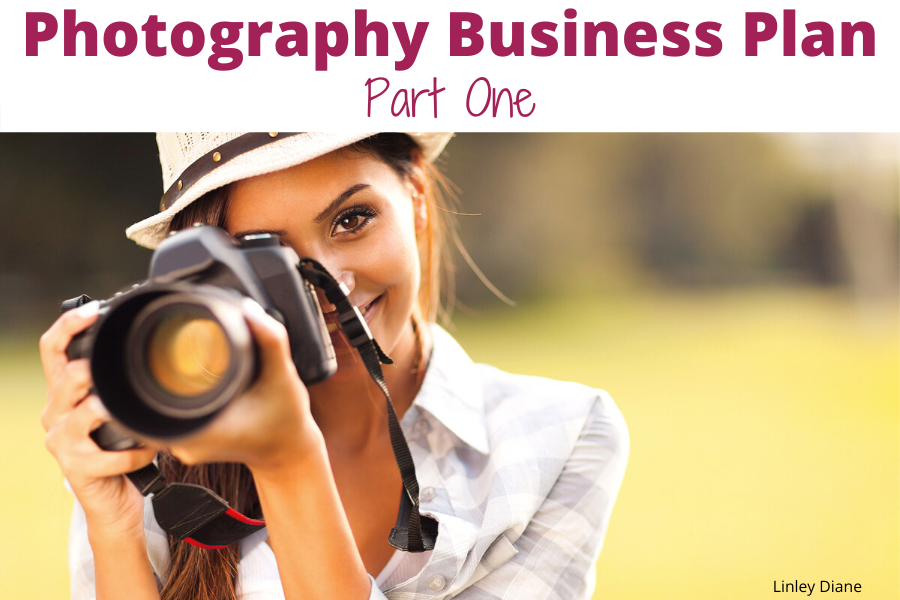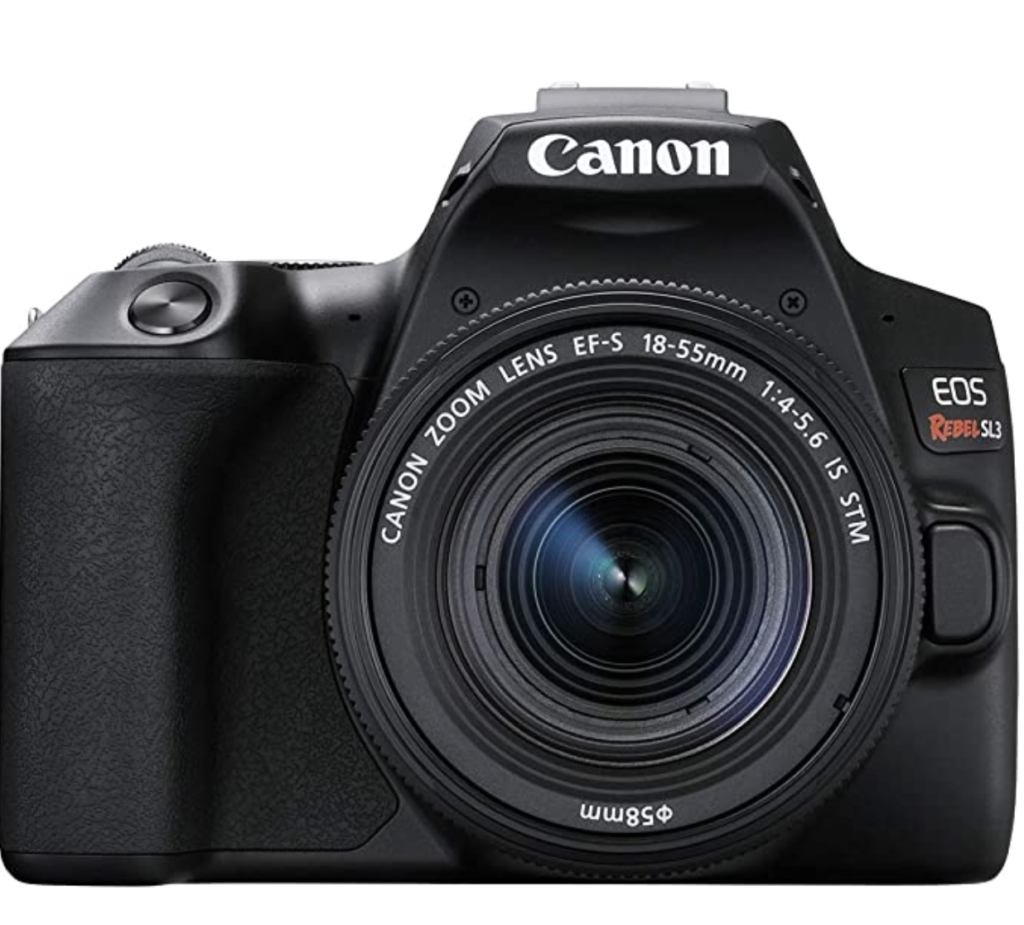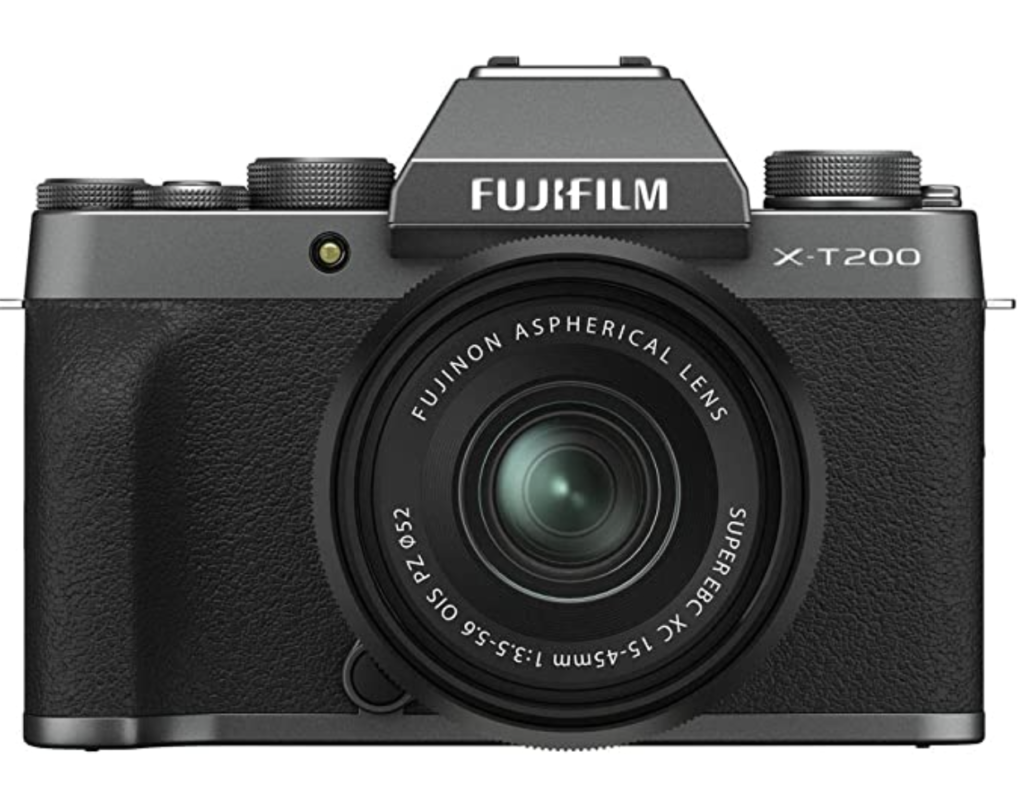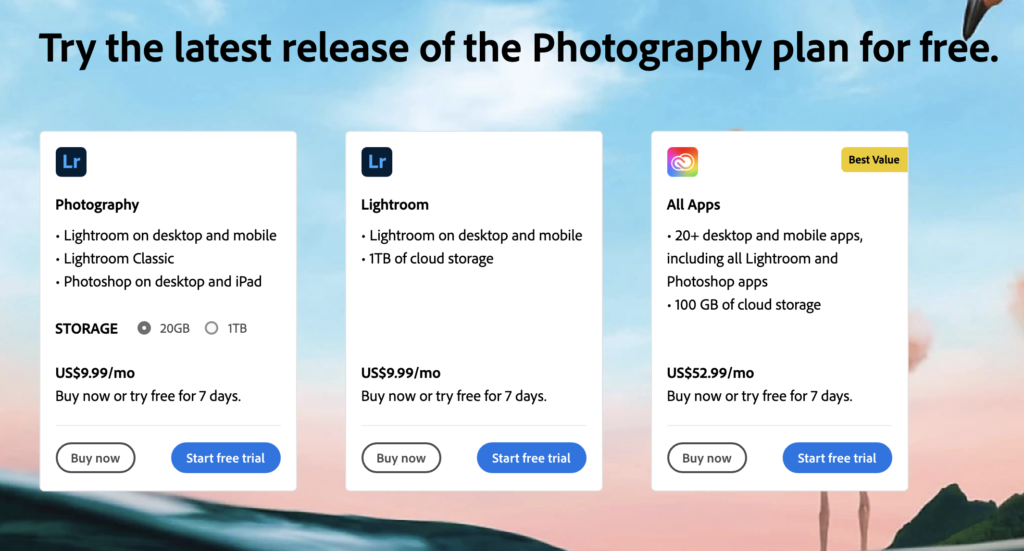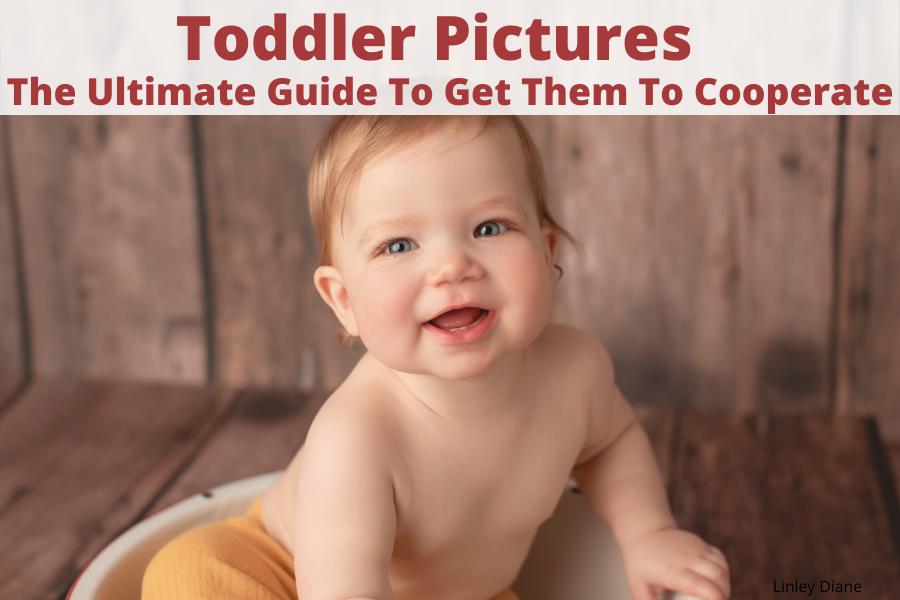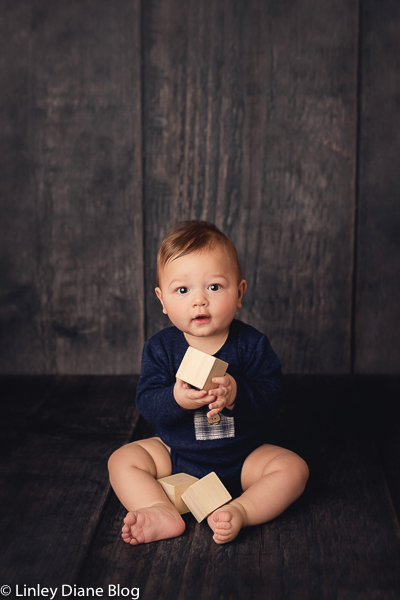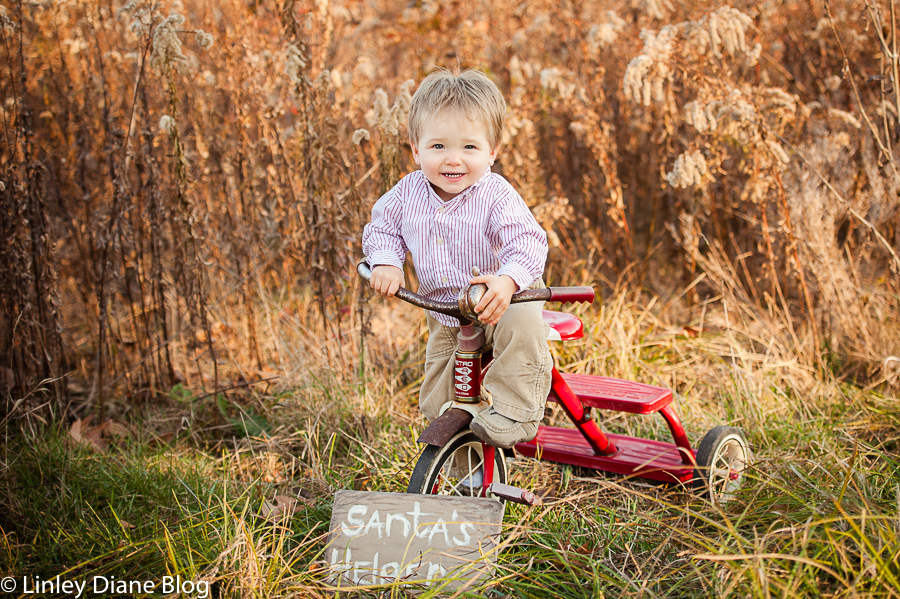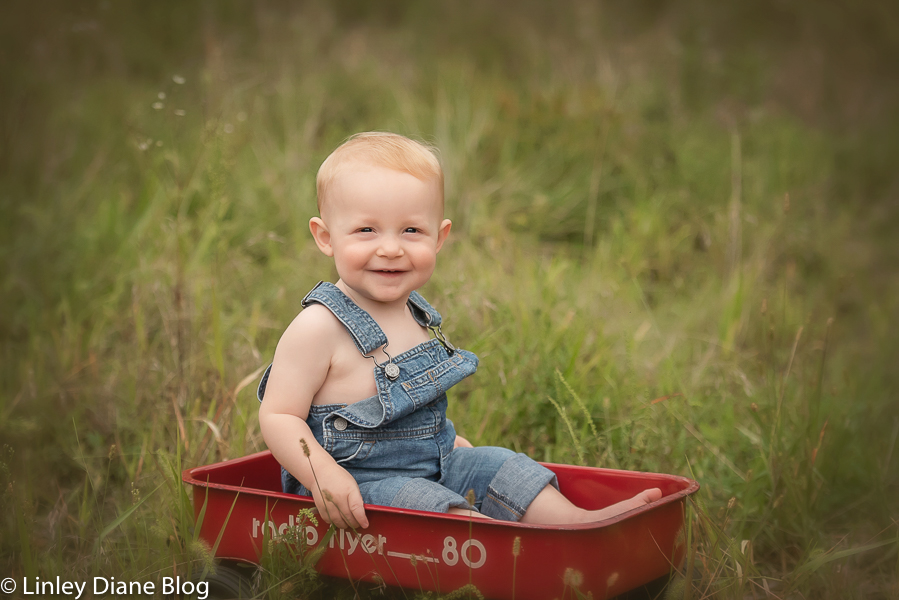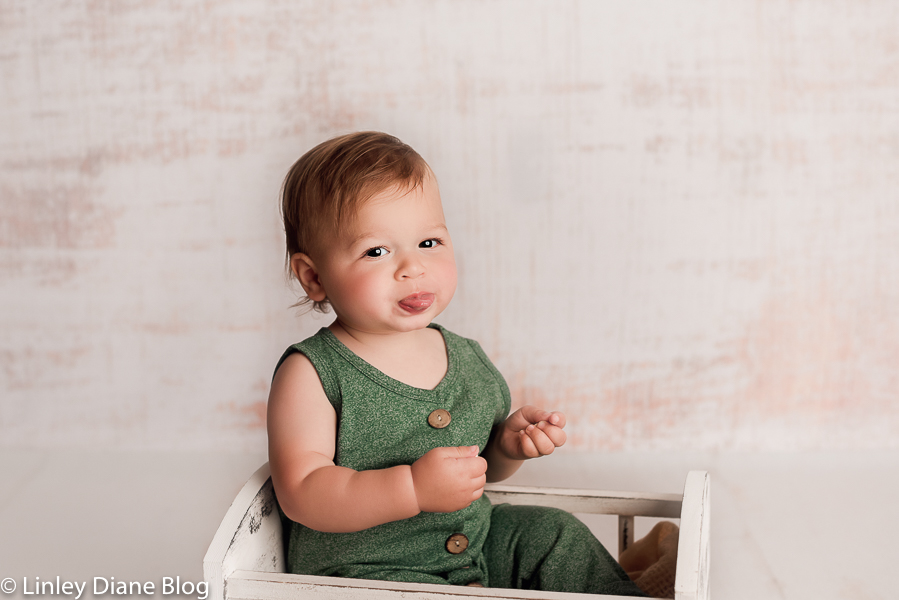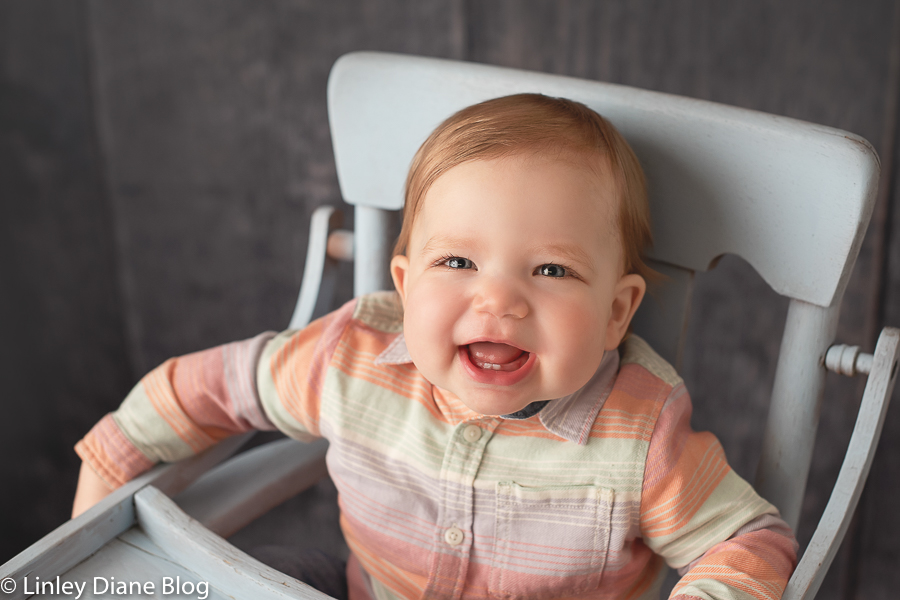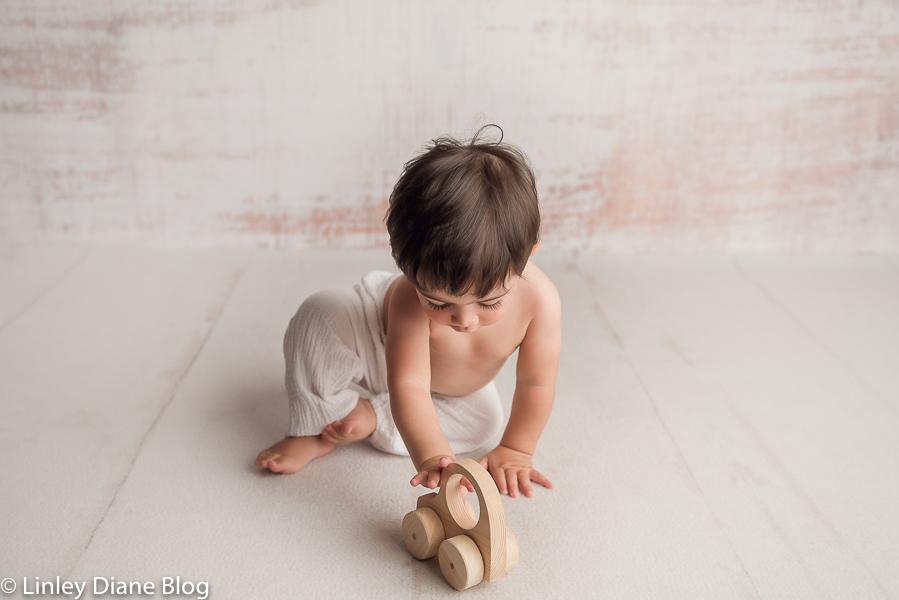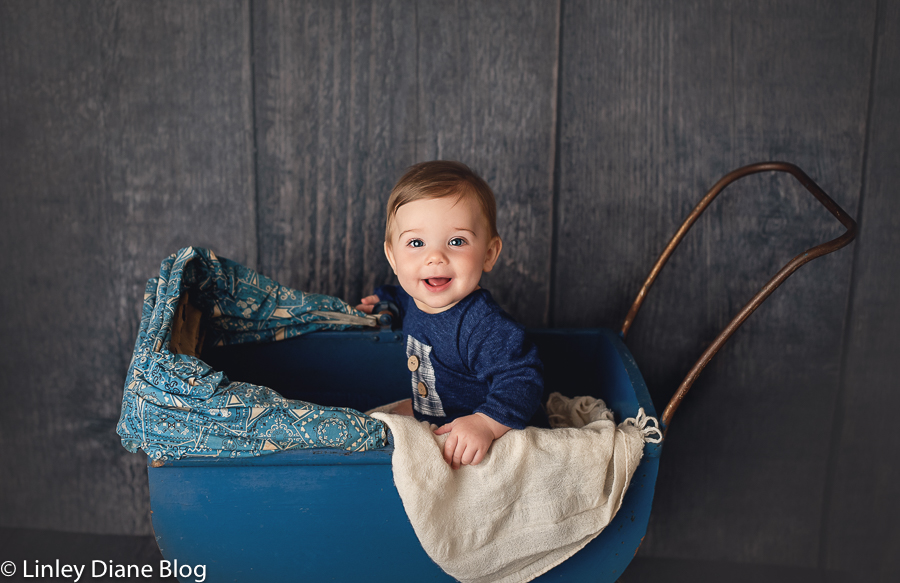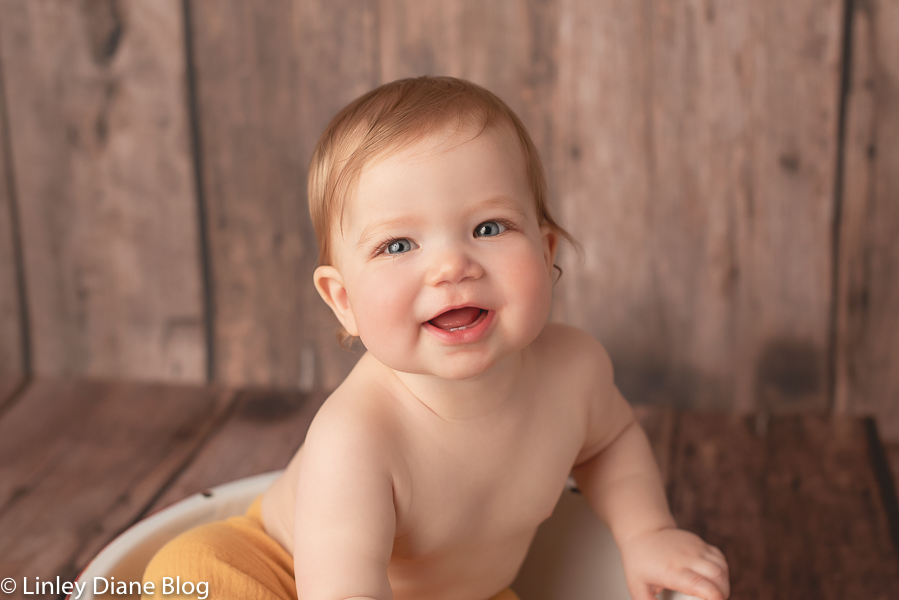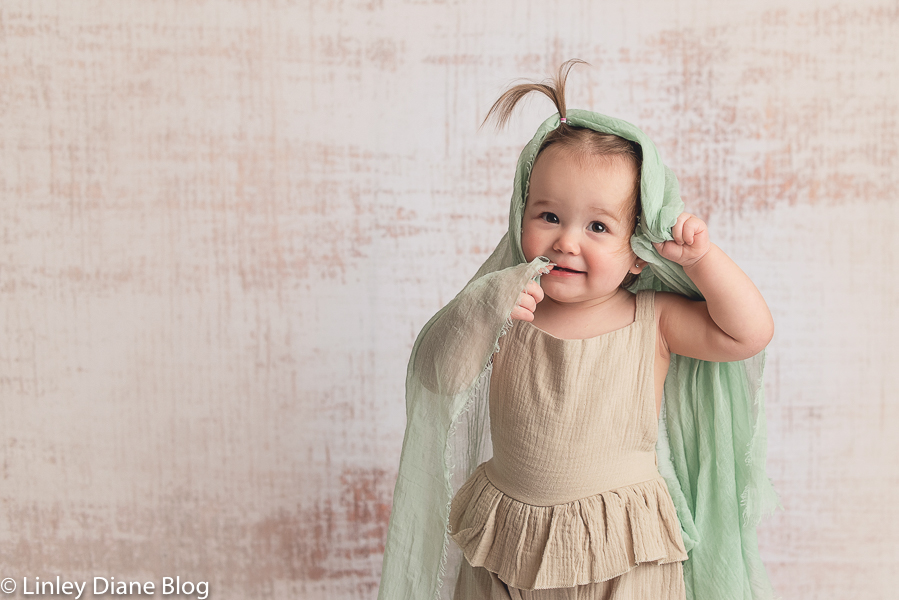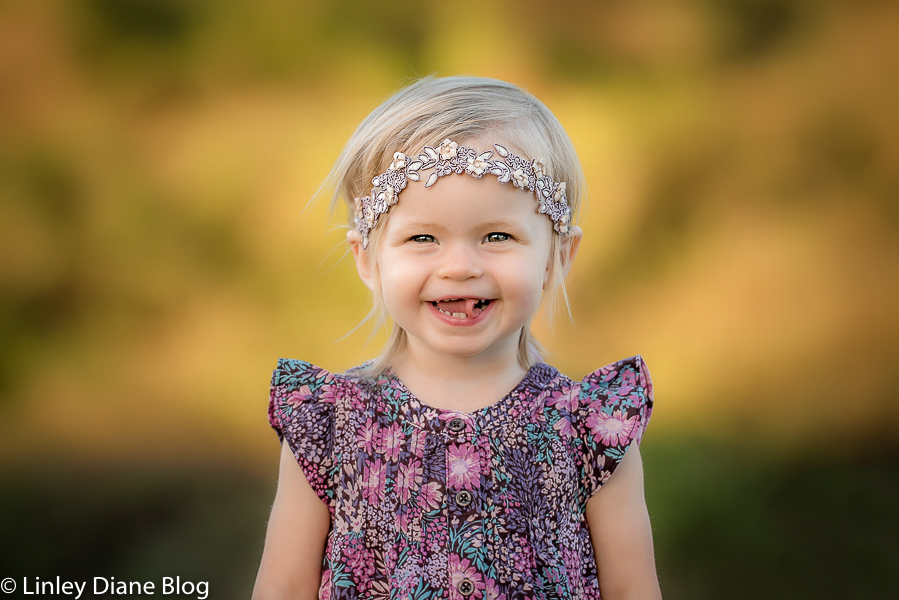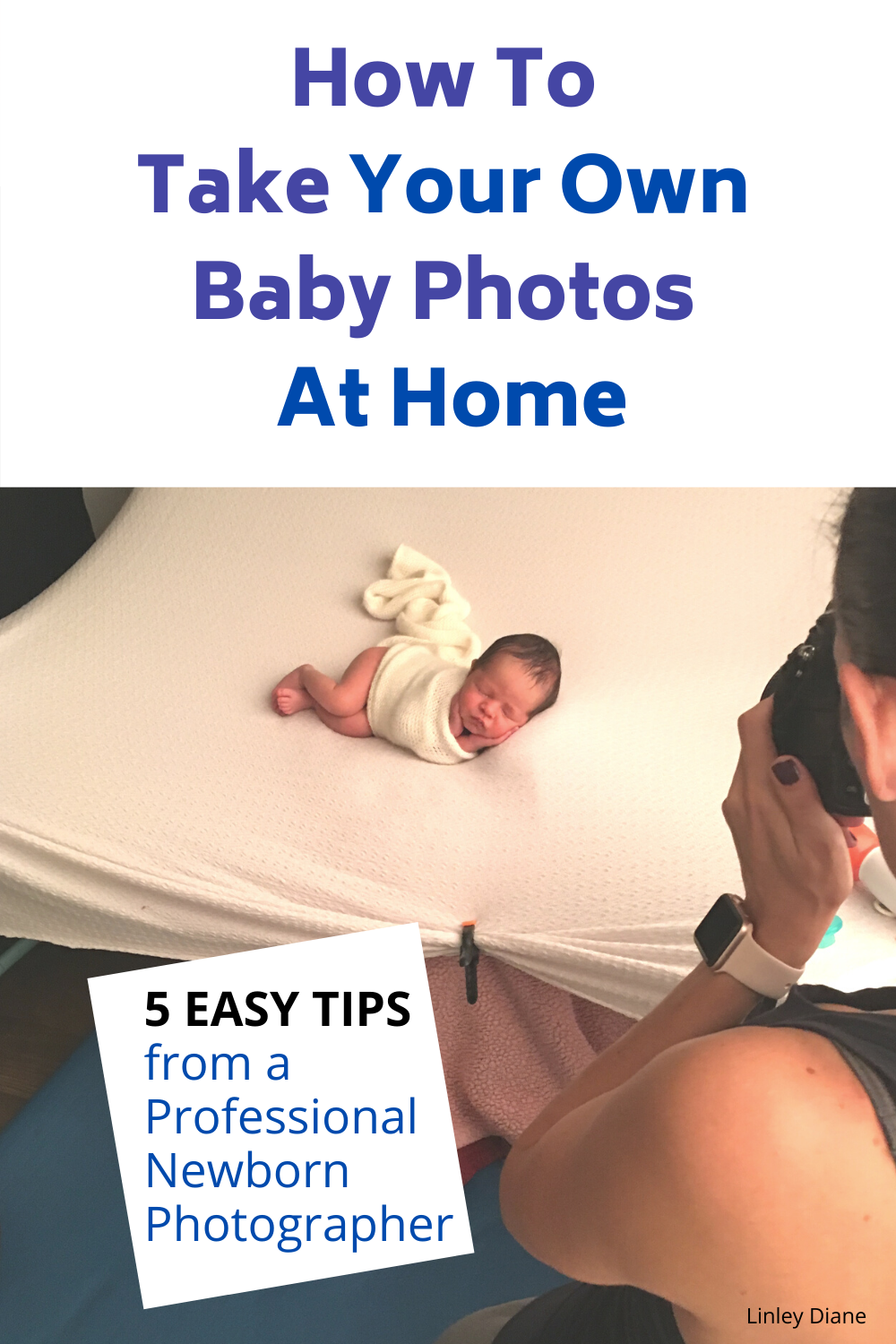This Post Is All About Starting A Photography Business Checklist!
If you’ve reached this page on my blog, you should have already read the first two sections of this 3 part series! If you haven’t, go ahead and read them now. I’ve linked them right in the box below!
Part 1: Photography Business Plan | How To Start
Part 2: Photography Business Name Ideas and More
So, now that you have practiced and set-up the creative and marketing side of your new photography business, you are probably wondering, how to start a photography business legally. It’s extremely important, of course!
I’d like to point out that I am not a photography lawyer and you may want to consider having one look over your final contract once you have it in place. This article will give you photography tips and ideas of what you should have in your photography contract and more!
(This post may contain affiliate links, which means I’ll receive a small commission if you purchase through my link, at no extra cost to you).
Read Below To Find Out About Starting A Photography Business Checklist!
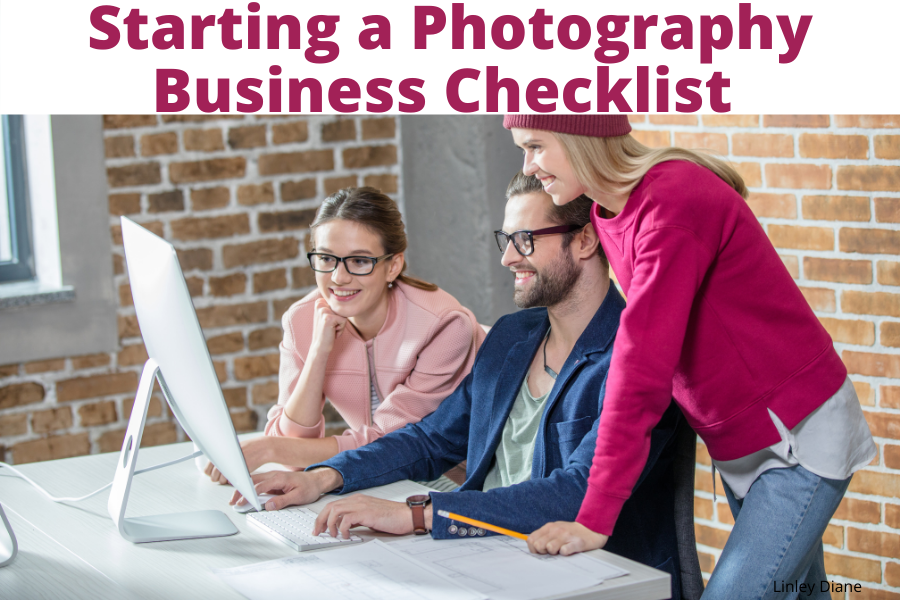
Paying Taxes
Once you are paid money from a client, you are considered a sole proprietor and must collect/remit sales tax and file all other taxes accordingly.
Most photographers start out as a sole prop because it’s basically automatic and easy. You can just use your SSN and don’t need an EIN for that, although you can get one if you wish. You just file a Schedule C when doing your year end taxes.
(Once you are making more money, you will need to submit estimated taxes through the year. I do my local, state, and federal tax quarterly and sales tax monthly.)
I highly recommend finding an accountant to help you with this!!!
Also highly recommended is setting up a business bank account and make sure you are setting aside enough to pay taxes when they are due. You accountant can help you with how much.
Another popular choice is to become an LLC. It’s a little more involved but can be done pretty easily through a service like Legal Zoom, which is what I used.
To Sum Up, you will need to collect and remit sales tax according to your state laws and also pay:
- Local Tax
- State Tax
- Federal Tax
Getting Licensed and Insured
There is no such thing as a special test or license to be considered a professional photographer.
But, there may be other business licenses and permits that you will need to check with you local township about. For example, you may need to complete a fire inspection in your studio or have a permit for any signage you plan to display.
You will also need to get insurance for your business. At the very least, you will want liability insurance. You may also choose to insure your equipment. A local insurance agent in your area can dive deeper and help you with exactly what you need depending on how you run your particular business. Personally, I found it easiest to go with the same insurance agent who also handles my home and auto.
Photography Business Policies and Contracts
Ok, this area is so important! Having proper contracts and policies that your clients review and sign when booking with you will save you sooo many headaches down the road! You MUST set clear expectations for your clients!
Every business will have their own way of running their business and what works best for them. Your policies should reflect that and you need to stick to them!
Psst: An incredible resource for all things photography business and legal related is The LawTog Website.
Here are some things to include in your contract/policies

Be clear on what is included. You clients should be clear on what they paying for and what they can expect from you.
- What is included in the amount the client is paying? (Is it an all-inclusive package or a separate session fee then product purchase requirement, etc.)
- How much money is due and when is it due?
- How many images can the client expect to see in their final gallery?
- Will you show any unedited images? Who will choose which ones you edit?
- Is any travel to shoot location included in your price? (Will you charge extra for going outside of a certain mile radius from your home/business location?)
- How long will the shoot take? (Up to 2 hours shoot time, for example)
- Who chooses the location for the shoot?
- Who chooses the client wardrobe? Will you provide anything?
- How long after the shoot will it take you to deliver the final images to the client?
Expect the unexpected.
- What happens if the clients are late or don’t show to the shoot?
- Weather rescheduling- what happens if your outdoor shoot is scheduled and then the forecast calls for bad weather?
- Under what circumstances, if any, will you offer a reshoot? At what cost?
- What happens if the clients are unhappy with their photos?
- What amount of editing will you do? (For example, if a client requests higher levels of editing such as head-swaps? Will you charge extra for this?)
- What if the client’s event is cancelled? (Especially important for wedding photographers!)
- What if you or the client is sick on shoot day? (Again, very important for wedding photographers!)
- What happens if the clients are totally uncooperative? (This happens a lot when shooting toddlers!)
Other Considerations.
Include a model release in your contract. This will allow you to use client images on your website/blog/social pages/marketing materials, etc.
Clients should also understand that as the photographer, you own the images. You may sell a print release to them but you hold the copyright.
(Personally, if a client does not want to sign the model release, I certainly would not enforce that! It rarely happens but I always respect their request for online privacy if they ask.)
You may find some other things to include as you get further along in your business. Put your policies in written form and have clients sign off on it when paying their initial deposit.
This Post Was All About Starting A Photography Business Checklist!
You May Also Be Interested In:
Photography Business Plan Part ONE!
New Business Owner & Boss Lady Must Haves!
Toddler Pictures – How to Get Them To Cooperate!





